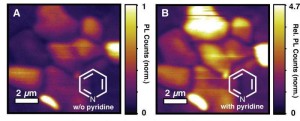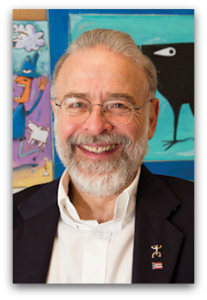The development of ultralight, ultrathin solar cells is on the horizon due to a new semiconductor call phosphorene.
A team of researchers from Australian National University have developed an atom-thick layer of black phosphorus crystals through a process that utilizes sticky tape.
“Because phosphorene is so thin and light, it creates possibilities for making lots of interesting devices, such as LEDs or solar cells,” said lead researcher Dr. Yuerui (Larry) Lu.
The fabrication of this phosphorene is similar to that of graphene, bringing the new material to a thickness of just 0.5 nanometers. With phosphorene’s novel properties, doors are opening for a new generation of solar cells and LEDs.







